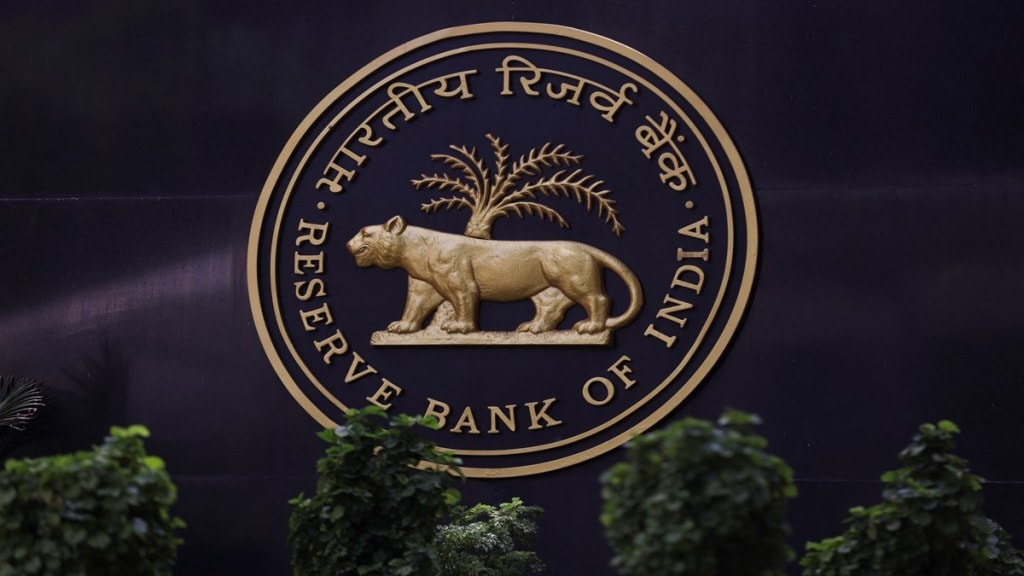The Reserve Bank of India has introduced real-time clearing of cheques. However, technology integration glitches, inadequate training of staff and a rushed trial run have led to delays in clearing cheques & crediting customers’ accounts, & even returns, explains Saikat Neogi
RBI’s real-time cheque clearance system
The Reserve Bank of India (RBI) has introduced continuous clearing and settlement of cheques throughout business hours (10 am to 4 pm). If a cheque is successfully realised, the money will be credited to the account holder the same day. If a cheque is deposited after 4 pm, it will be processed the next working day during the clearing window. The new system replaces the earlier batch-based process that took up to three working days. The delay would cause inconvenience to individuals and businesses who rely on cheque payments.
Under the RBI’s new rule, the transition will happen in two phases. While the first phase started from October 4, the second phase will be rolled out on January 3 next year. That will shorten the realisation time to just three hours from the time the cheque is presented to the clearing house. Cheques for which confirmation is not provided by the drawee bank within three hours will be considered deemed approved. The change will take place under the cheque truncation system (CTS).
How does it work?
The cheques received by the branches are scanned and sent to the clearing house by the banks continuously during the presentation session. The clearing house releases the cheque image to the drawee banks. The confirmation session is between 10 am to 7 pm, where for every cheque presented, the drawee bank will generate either a positive confirmation (for honoured cheques) or a negative confirmation (for dishonoured cheques). Every cheque will contain the ‘item expiry time’ mark, which indicates the latest time by which confirmation for the presented instrument needs to be provided by the drawee bank. The item expiry time for all cheques will be set at 7 pm in the first phase. The payments will be credited to the customer’s account within one hour after the successful settlement. In the second phase, the item expiry time of cheques will be three hours.
Teething issues in new system
However, what was supposed to be an efficient and customer-friendly move is disrupting payments as festive purchases peak and cheque volumes rise sharply. Most banks are facing technical integration issues, such as low-quality image scans, inconsistent and incomplete scanning procedures, resulting in delayed settlements. Bankers say such a transition requires adequate staff training and a few days of pilot run before implementing the new system. The problem is more acute in non-metro branches and in co-operative banks, where the staff are yet to get accustomed to the new system. Customers are reporting clearance taking over 48 hours, and banks are reporting non-receipt of payments from borrowers even when the amount is debited from the customer’s account. The delays have affected time-bound payments for utilities, credit cards and equated monthly installments for loans. Banks have been sending messages to customers about the delay in cheque clearing and urging them to use UPI/IMPS/NEFT/RTGS.
Role of NPCI & clearing houses
There are over 1,047 clearing houses, with the RBI managing 16 and State Bank of India and a few other public sector banks handling the rest. The National Payments Corporation of India (NPCI), which is responsible for operating retail payments and settlement systems in India, has said that most of the issues have now been resolved and it is working with banks to address any remaining challenges. A total of 14.9 million instruments, amounting to 8.5 lakh crore, have been processed and cleared since the introduction of the new system, an NPCI statement said. The RBI is also in touch with NPCI and is supervising the implementing issues. With growing real-time digital payments, the volume and value of cheque transactions have reduced. In September, NPCI’s cheque truncation system recorded 46.5 million cheque transactions worth Rs 5.7 lakh crore and the average daily volume was 19,016 crore. In April this year, the volume was 49.5 million, valued at 6.5 lakh crore and average daily volume of Rs 21,503 crore.
Curbing frauds in cheques
NPCI has also introduced an additional indicator, called the Positive Pay system, to deter banking fraud via manipulation of cheques at any point in the transaction process. This will augment customer safety in cheque payments and reduce instances of fraud occurring on account of tampering of cheque leaves. A customer who is issuing a cheque amounting to 50,000 or above will have to provide cheque details —payee’s name, cheque value, cheque number, etc., to the bank before putting it into circulation. The issuer of the cheque can submit the details through internet banking, mobile app and SMS and even from the ATM. The bank submits the information to NPCI, and when the cheque is presented for clearing, the details are matched with the Positive Pay system. While availing the facility is at the discretion of the account holder, banks have made it mandatory in case of cheques for amounts above Rs5 lakh.

